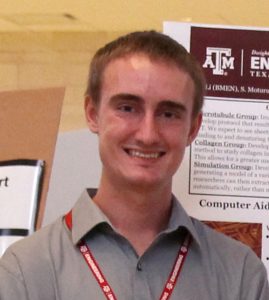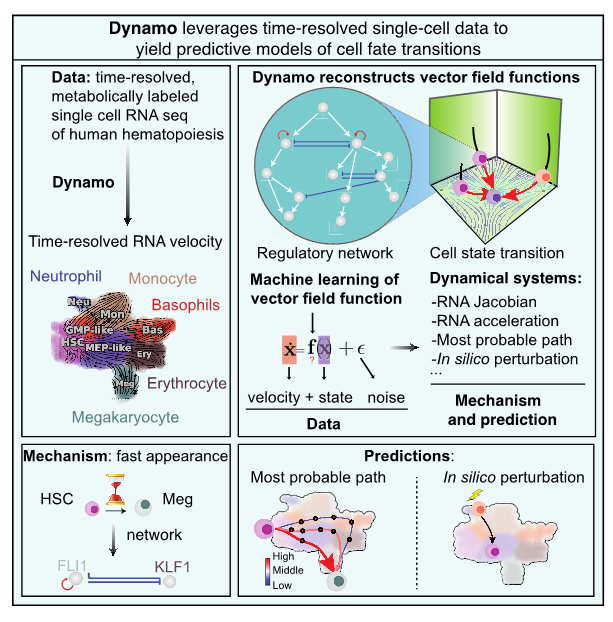Tyler Lovelace awarded NIH NLM F31 Ruth L. Kirschstein Predoctoral National Research Service Award
Tyler Lovelace awarded NIH NLM F31 Ruth L. Kirschstein Predoctoral National Research Service Award to support his PhD word titled “Causal graphical methods for high-dimensional heterogeneous biomedical data”

Mining high dimensional, heterogeneous, and often dynamic datasets to make biologically or medically important inferences or develop predictive models requires sophisticated data analytics methods. New machine learning methods have begun filling this gap, but most of these methods generate “black box” models that lack clear interpretability. This proposal aims to develop new causal graph learning methods for heterogeneous variable types in high dimensional and multicollinear data. These methods will be used to address important questions in cancer and chronic diseases.
Tyler is a 4th year PhD students in Dr. Takis Benos’ lab in the Department of Computational and Systems Biology, University of Pittsburgh School of Medicine. With this fellowship support, Tyler will continue his training towards a PhD in Computational Biology from the University of Pittsburgh.
For more information on the Ruth L. Kirschstein Predoctoral National Research Service Award, please click here.




